The Value Of Studying Film
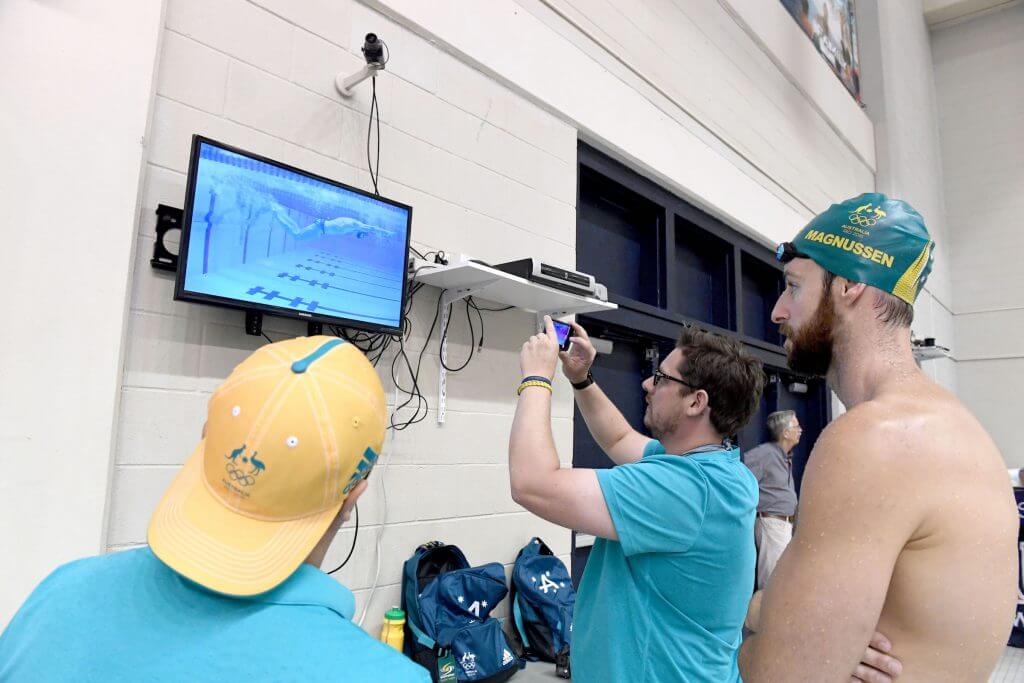
By J.P. Mortenson, Swimming World College Intern.
If you want to improve as a swimmer, you’re going to have to learn how to make the connection between your body and mind. Plenty of swimmers just go into the water and do what the coaches tell them to do. However, the best swimmers are the ones who swim with intention and understand what they need to do to improve.
One of the best ways to improve both as a swimmer and this connection between your body and mind is to study footage of yourself swimming. This is especially true because swimming is a highly technical sport. There are various ways in which you can gather footage to study. Although race footage is valuable because you can see what mistakes you made and what can be improved for your next race, practice footage – especially with a GoPro – can be equally as valuable, because you can often get better angles and sometimes even get underwater footage. With the high-quality cameras on today’s phones, obtaining high-quality footage of yourself swimming is easier than ever before.
Here are four tips for how to best use race footage to improve.
1. Consult a coach or an expert.
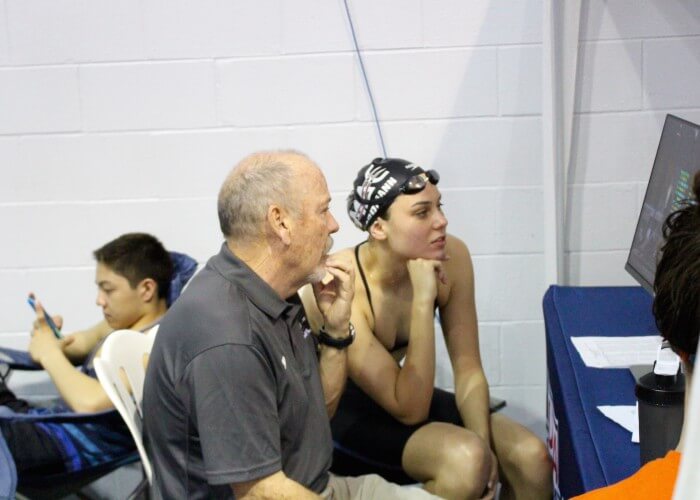
Photo Courtesy: Taylor Brien
It is important to watch the film with someone who knows what they are doing, like a coach, instructor, or even a more advanced teammate. You should not try to watch and assume you are seeing what needs to be adjusted, as many swimmers try to do it themselves and may miss mistakes or misinterpret what is happening. Even if you are an experienced swimmer, it is always better to have another set of unbiased eyes to help catch anything that you may have missed.
2. Fix One Thing At A Time.
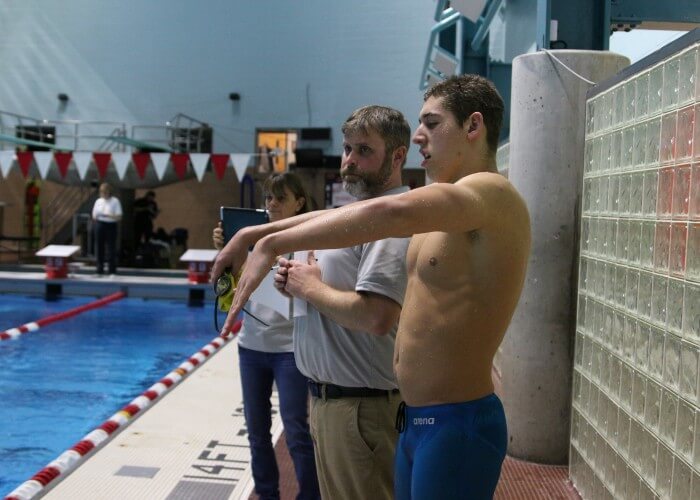
Photo Courtesy: Heidi Torregroza
It is also important to remember that a proper stroke is highly linked. Often when you ‘fix’ one part that means you then need to make an adjustment to another part of the stroke. Watching film will often result in seeing several things to change, but it is often best to only fix one thing at a time, as it is almost always better to completely fix a couple of issues than partially fix a bunch of issues. Although this can seem frustrating, it is just an inevitable part of the sport. No matter how good you are, improving your technique is something that you will have to do for your entire swimming career. Even Olympians are still constantly searching for ways to improve their stroke technique.
3. Be Receptive To Constructive Criticism.
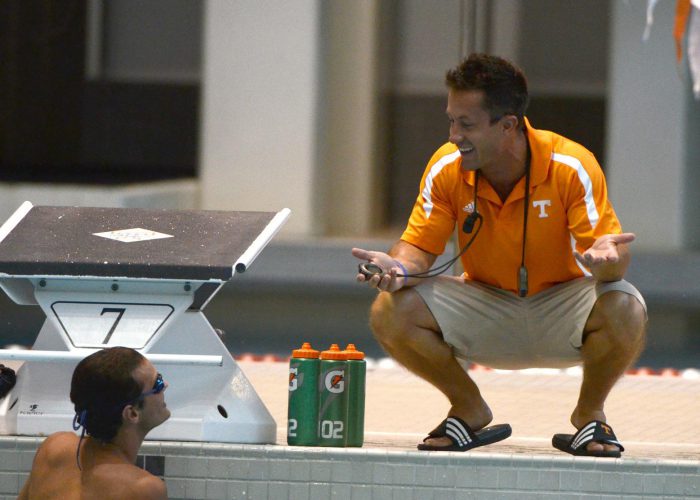
Photo Courtesy: Tyler Fenwick Visit Site
In order to get anything out of studying film, you must be open to constructive criticism. If you spend your film review session defending yourself and not being receptive, it is a waste of everyone’s time. You must accept that your stroke is not perfect and that because you are human, you do make mistakes. Someone pointing out something wrong with your stroke or a mistake you are making does not mean that they are calling you are a bad swimmer – they are just trying to help you improve.
4. Make It A Habit.
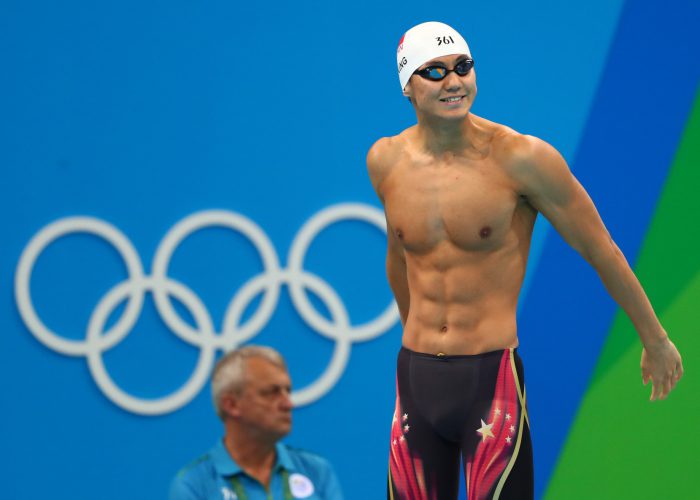
Photo Courtesy: Rob Schumacher-USA TODAY Sports
You should not expect to look at video once and have everything come into place. You will need patience, as making stroke adjustments is one of the most difficult aspects of the sport and often takes time. Finally, it is important to do this with consistency. You will probably find that the more times you study film and make changes to your stroke, the process will become easier and easier, because you will have gotten better at making the connection between your body and mind.
All commentaries and research are completed by the author and do not necessarily reflect the views of Swimming World Magazine nor its staff.




I’d love to film my swimming and make corrections, but have zero access to filming facilities. I have a gopro style camera, but can’t use it because it’s not allowed in any pools. I could go to a specialist stroke clinic, but they are super expensive and won’t even share the recordings out of the session.
Jennifer Reese check out ole Scott in the first photo
I do these clinics and cheap, compared to some of the other big name clinics http://www.prtriswimcoach.com